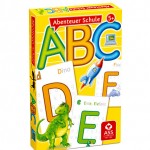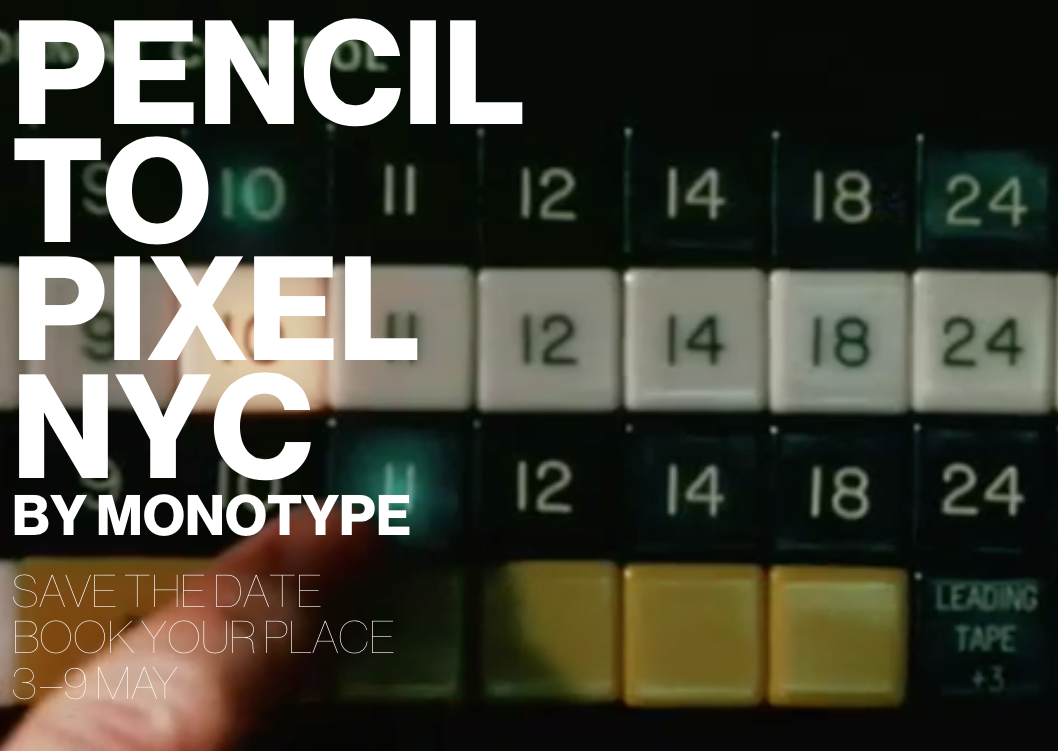Fabula is gaining popularity for use in resources for children, both on paper and on screen.
The typeface was designed under Sue Walker’s direction by a team of staff and students at Reading, including Vincent Connare, José Scaglione and Gerry Leonidas, as part of an EU-funded project producing bilingual story books for children. Since then it has been available for free, along with advice if required, from the Typographic design for children web site.
Some examples of how Fabula has been used:
Jashanjit Kaur, a designer based in Hyderabad, India used Fabula for Amigo, described as ‘a socialising platform for school children that provides a medium for sharing their ideas and pursuing interests in a safe and secure environment’.
Cecelia Erlich used the letterforms in a Spanish television programme, La cucaracha.
Dietmar Brühmüller used the font for the whole range of four young children’s games, including the one illustrated above.




